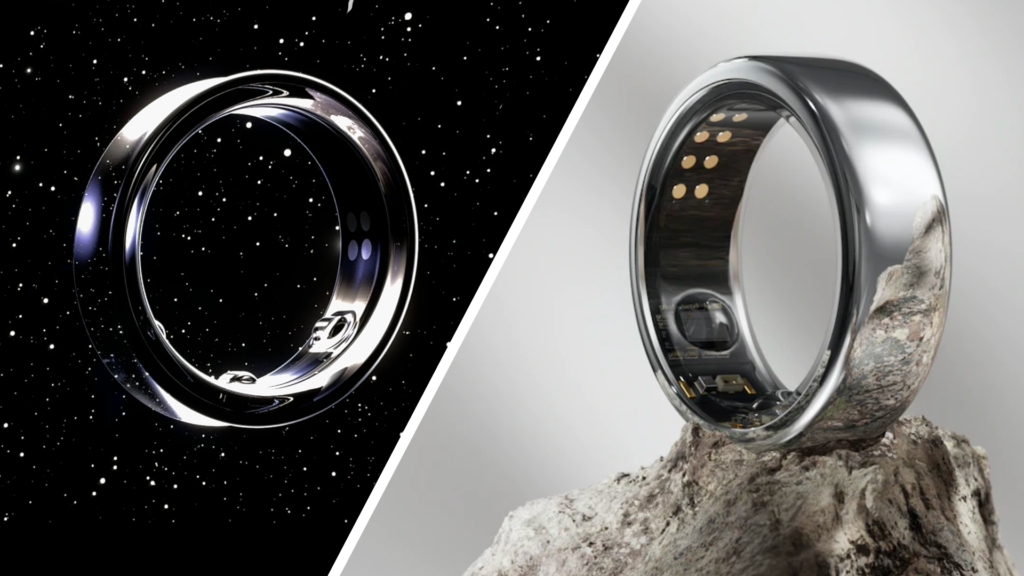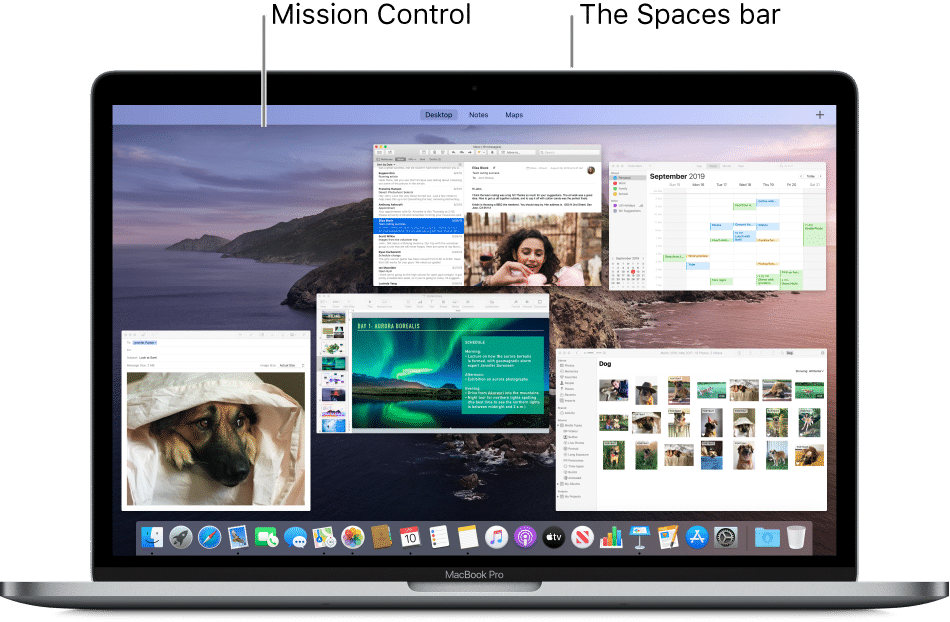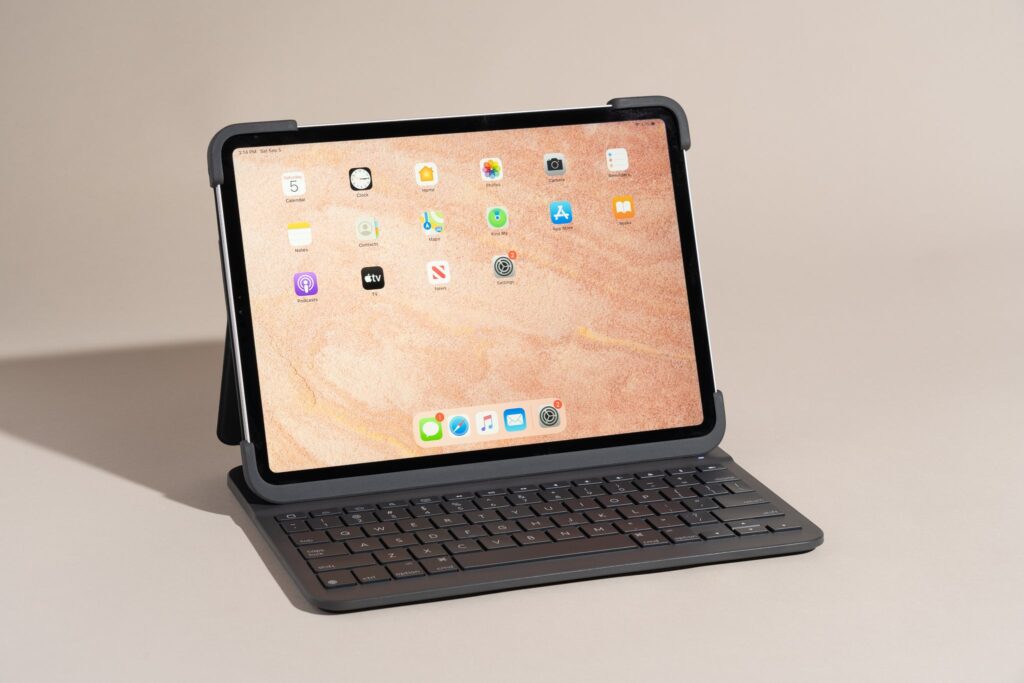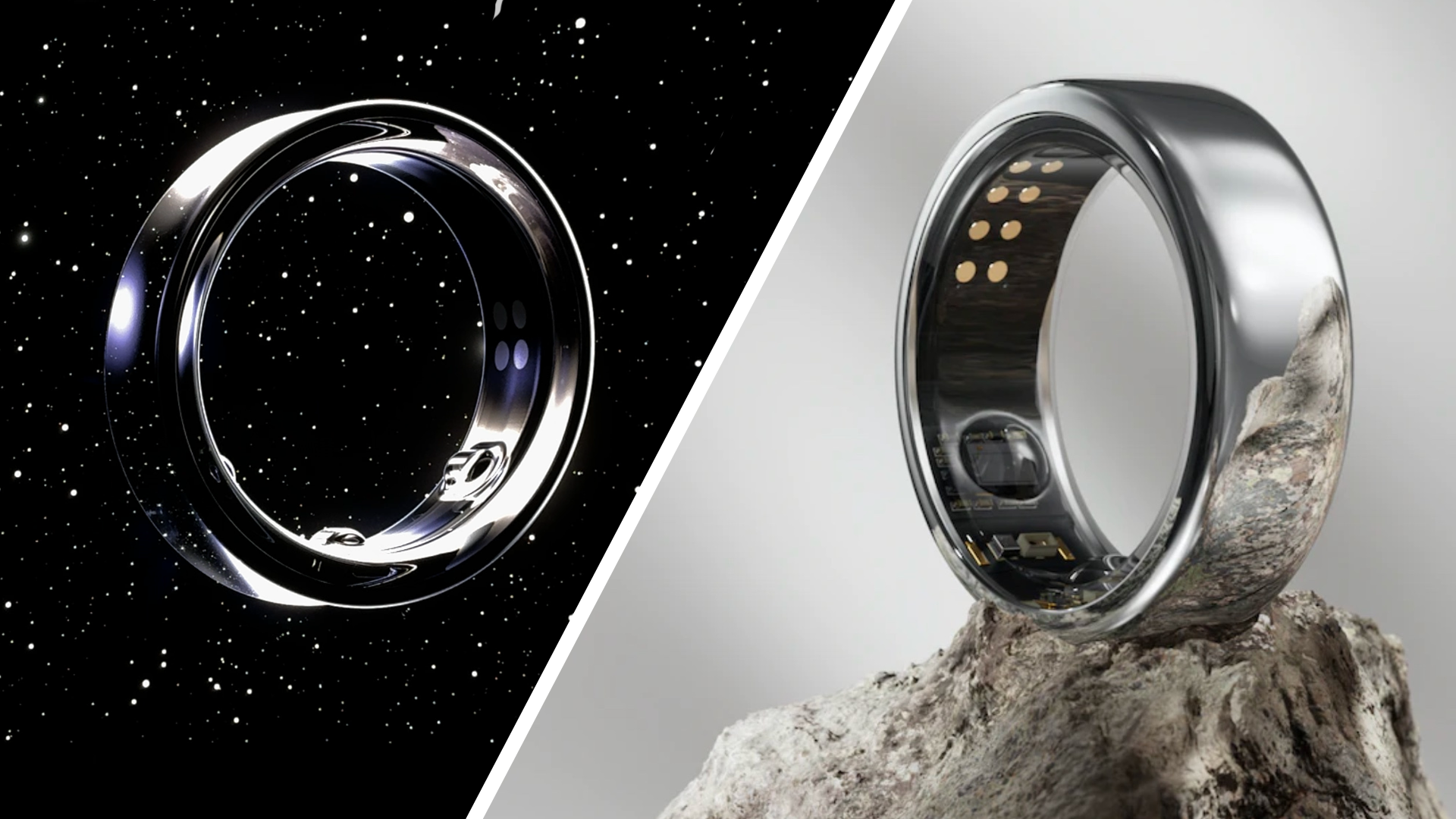
Samsung’s Galaxy Ring recently debuted at MWC 2024. Although prototypes were showcased, the official release is confirmed for later this year. The MWC unveiling provided crucial details about the Galaxy Ring’s features. Clearly, the Galaxy Ring will directly challenge the popular Oura Ring upon release. How does it compare? Let’s explore.
Design and Fit
At first glance, the Galaxy Ring and Oura Ring appear strikingly similar. In terms of design, they are nearly identical. However, a crucial distinction exists between them: the Galaxy Ring boasts a concave design, whereas the Oura Ring is convex.
Many smart rings on the market, including the Ultrahuman Ring AIR and the Oura Ring itself, sport a concave structure. Consequently, these rings are prone to attracting scratches, easily conflicting with surfaces.
Samsung’s attention to such details, evident in the Galaxy Ring’s design, is commendable. Yet, the benefits of the concave design extend beyond scratch prevention.
Say goodbye to discomfort with the Galaxy Ring’s structural design. Expect extended wear thanks to its battery life and concave shape, which enhances comfort and melds seamlessly with your finger. Android Authority, courtesy of Rita, attests to this.
The Galaxy Ring’s rounded edges prevent skin irritation, ensuring superior comfort compared to the Oura Ring.
When it comes to rings, size matters for comfort. The Oura Ring offers 8 sizes (6 to 13), while the Galaxy Ring surpasses it with 9 sizes (5 to 13).
According to Rita’s report, the sensor bumps on the Galaxy Ring are smaller than those on the Oura Ring. This means you’re less likely to feel them with the Galaxy Ring compared to the Oura Ring.
Galaxy Ring vs Oura Ring: Weight & Colors
However, the most crucial factor is the weight of these smart rings. You don’t want a ring that feels heavy on your finger. The Galaxy Ring weighs between 2.3 and 2.9 grams, making it extremely lightweight and likely the best choice.
This knocks the Oura Ring’s 4 to 6 grams and the Ultrahuman Ring AIR’s 2.4 to 3.6 grams out of the ring. However, note that if Samsung goes with a metal body for the final product, it will weigh more than the current plastic prototype. So, there’s some uncertainty here.
If you want more versatility in color options, the Oura Ring will probably do it for you. It comes in Brushed Titanium, Gold, Rose Gold, Stealth, Silver, and Black. Yeah, quite a lot of options there. Meanwhile, going by the MWC 2024 showcase, the Galaxy Ring only comes in Platinum Silver, Gold, and Ceramic Black.
Regarding the material used in the two rings, drawing an exact conclusion is difficult. This is mainly because the Galaxy Ring showcased at MWC 2024 is still a prototype made of plastic. Samsung has not confirmed anything about the final product having a metal finish.
If it does indeed arrive with a metal finish, it will allow the Galaxy Ring to compete against the Oura Ring’s titanium body. However, certainty on this matter is currently unavailable.
Galaxy Ring vs Oura Ring: Health Features
While the Oura Ring has been available for some time, the complete set of features of the Galaxy Ring remains a mystery. Therefore, there is limited comparison available. However, Samsung sharing a bunch of details provides some basis for comparison.
Just like the Oura Ring, Samsung is focusing on the Galaxy Ring as a stylish and advanced sleep tracker. The South Korean company confirmed features like My Vitality Score, similar to the Oura Ring’s Readiness Score and Recovery Score on the Ultrahuman Ring AIR.
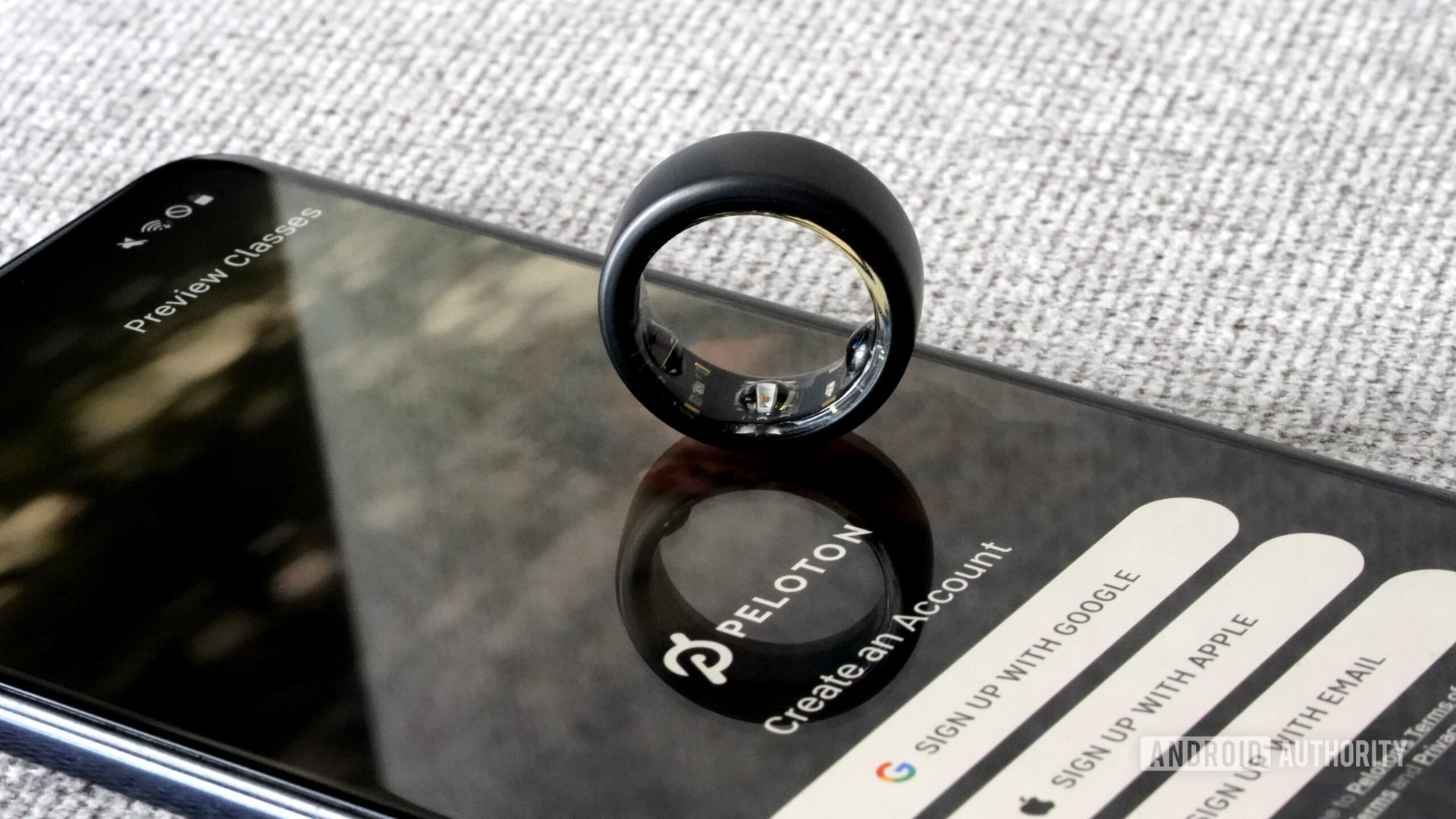
Samsung Health (L) vs Oura app (R)
These features extract data from sensors on the smart rings such as heart rate, temperature, and sleep trackers, providing a mental and physical preparedness score for the next day.
The Galaxy Ring introduces a ‘Booster Card’ to enhance its Vitality Score. Integrated within the Samsung Health mobile app, this feature provides users with extra recommendations and insights for a healthier lifestyle.
Conversely, the Oura app operates on three scores: sleep, readiness, and activity. These scores derive from data collected by the Oura Ring’s sensors, including heart rate and temperature.
Samsung confirmed period and fertility tracking technology used in Galaxy Watches will extend to the brand’s first smart ring, in partnership with Natural Cycles. However, note that Oura Ring also utilizes Natural Cycles, the sole FDA-approved birth control app. Similar results can be expected with the Galaxy Ring.
There’s a catch, though. Key features providing in-depth insights and personalized guidance are behind a $5.99 monthly paywall with the Oura Ring. Without subscription, you miss out on its true potential. While still functional, it’s the locked features that set it apart.
The Galaxy Ring, unlike some competitors, won’t impose a subscription fee. This means features like Vitality scoring and Booster Card won’t require payment. This gives the Galaxy Ring a significant advantage over the Oura Ring.
Both smart rings share not only design aesthetics but also many functions and features.
Galaxy Ring vs Oura Ring: Payment Capabilities
Smart ring users typically expect contactless payment options. The India-based 7 Ring introduced NFC last year, meeting this demand.
Right before the announcement of the smart ring, Oura acquired Proxy, a digital identity platform. The next-gen Oura Rings are expected to arrive with the ability for contactless payments and confirming an individual’s identity.
Samsung acknowledges the demand for payments via smart ring and is exploring various use cases for the upcoming Galaxy Ring. If the Galaxy Ring arrives with NFC before the next generation of Oura Rings, it will certainly advance in the game.
In the future, people may simply tap their rings instead of using phones or watches for contactless payments. That seems to be the vision.
Galaxy Ring vs Oura Ring: Battery Life
Yet, what’s the point of all these features without enough juice to fuel them? Particularly with smart day-to-day gadgets like smartwatches, earbuds, and rings, nobody wants frequent charging interruptions. What’s desired is a device that lets you forget about the adapter for a while.
Both the Oura and Galaxy rings offer this convenience. However, the Galaxy Ring may excel slightly in this aspect, as indicated by recent reports.
Speaking to Financial News, Samsung confirmed the Galaxy Ring offers a battery life of 5 to 9 days on a single charge. However, the Oura Ring lasts up to 6 days. That’s an additional 3 days, quite the juice from the Galaxy Ring. Only upon the product’s release can we test this claim.
But, the worst-case scenario is the battery life matches the Oura Ring, which isn’t bad. Thanks to no display, smart rings offer commendable battery backup. For now, on paper, the Galaxy Ring’s battery life seems impressive!

Pritam Chopra is a seasoned IT professional and a passionate blogger hailing from the dynamic realm of technology. With an insatiable curiosity for all things tech-related, Pritam has dedicated himself to exploring and unraveling the intricacies of the digital world.

